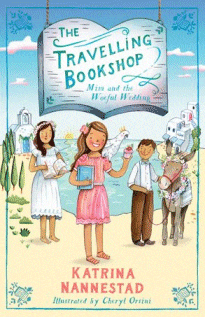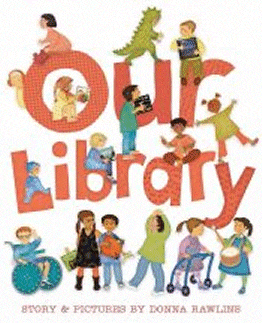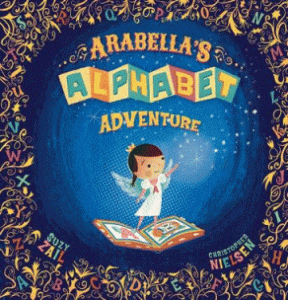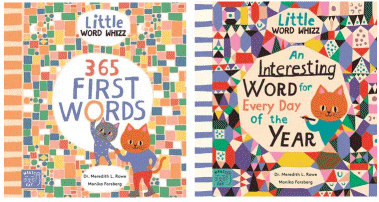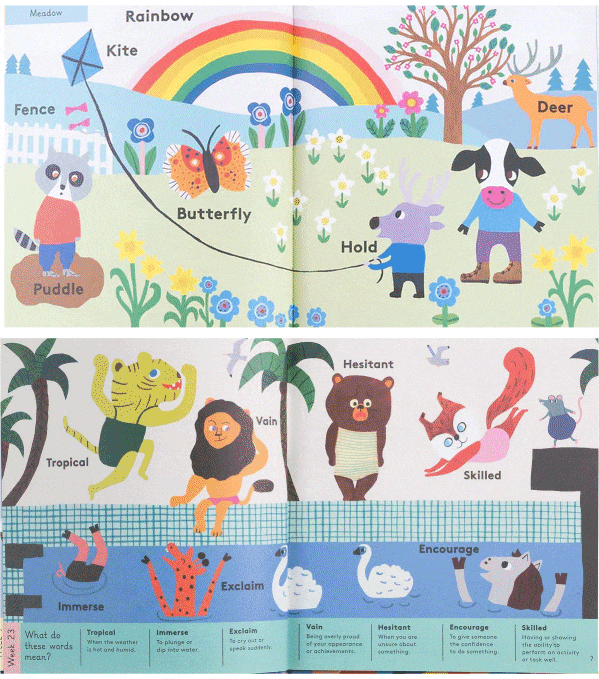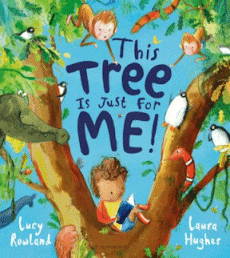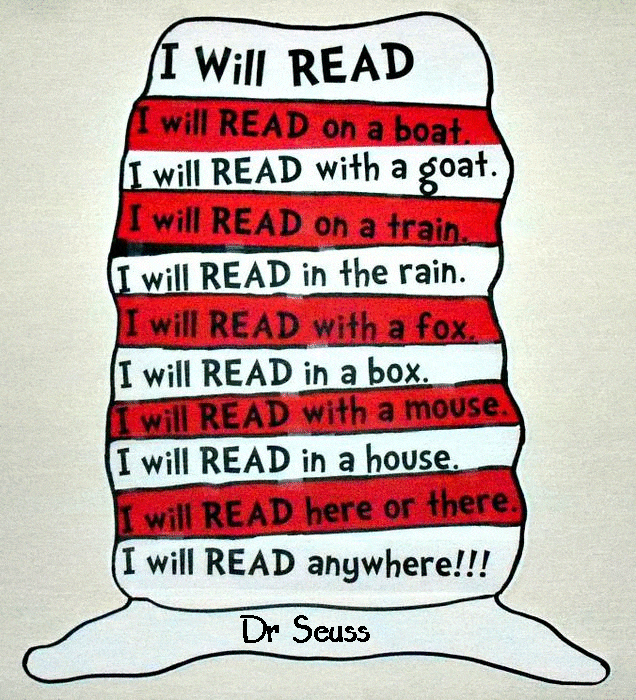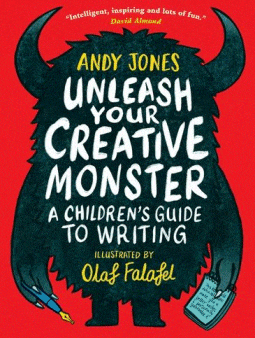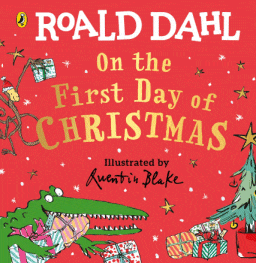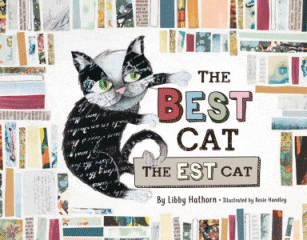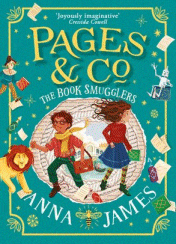
Pages & Co. 4- The Book Smugglers
Pages & Co. 4- The Book Smugglers
Anna James
HarperCollins, 2021
432pp,, hbk., RRP $A19.99
9780008410810
“From outside on the busy north London high street, Pages & Co looked like an entirely normal bookshop. but once inside it didn’t quite make sense how everything fitted inside its ordinary walls. The shop was made up of five floors of corners and cubbyholes, sofas and squashy armchairs, and a labyrinth of bookshelves heading off in different direction. A spiral staircase danced up one wall, and painted wooden ladders stretched into difficult-to-reach corners. Tall arched windows above made it feel a little like a church when the light spilled in and danced on the air. When it was good weather the sun pooled on the floor and the bookshop cat – named Alice for her curious nature- could often be found dozing in the warmest spots. During the summer the big fireplace behind the till was filled to bursting with fresh flowers, but at is was October, a fire was roaring there…”
This is the home of Matilda Page, always known as Tilly, who prefers the company of book characters to the people in real life and, although not having been outside London, is a seasoned traveller within the pages of the books that abound on the shelves for in the first in the series she discovered her father was a fictional character and she, herself, was half fictional. As she and her best friend Oskar search for her missing mother, they meet the powerful but sinister Underwood family, search for the mysterious Archivists and encounter the Sesquipedalian, a magical train that uses the power of imagination to travel through both Story and the real world. It is owned by Horatio Bolt who specialises dodgy dealings as a book smuggler trading in rare books, and his nephew Milo .
When Horatio takes on a dangerous new job, he needs Tilly’s help o and because she owes Horatio a favour she feels she has little choice. But when poisoned copies of The Wizard of Oz are sent to Horatio and Tilly’s grandfather, sending them both into deep sleeps, Milo and Tilly find themselves racing against time to save them – and to figure out what is going on. Their journey takes them to the Emerald City with Dorothy, rocketing on the unruly Quip, and eventually to Venice in Italy, in pursuit of the mysterious Alchemist. The very essence of imagination, story itself, may be in danger . . .
This is a series that, IMO, has the potential to rival Harry Potter among younger readers and certainly when I told Miss 10 I had the latest addition she begged me to post it to her rather than waiting for the restrictions of interstate lockdowns to end. Even though this one includes a brief summary of what has gone before, it is a series that is best read in order and I found myself wanting to go back to read the previous three again. (I shall have to persuade Miss 10 to lend it back to me!)
If I were still in a school, I’d be recommending this to the parents of those who are already hooked as a must-have for the Santa Sack because there is just not enough time left in the school year (particularly with borrowing restrictions in place) for every student who will want to read it to have access to it. Imagine the joy of getting the WHOLE series all at once – what a binge-read that would be! Don’t think we will see much of Miss 10 once she gets her copy!
